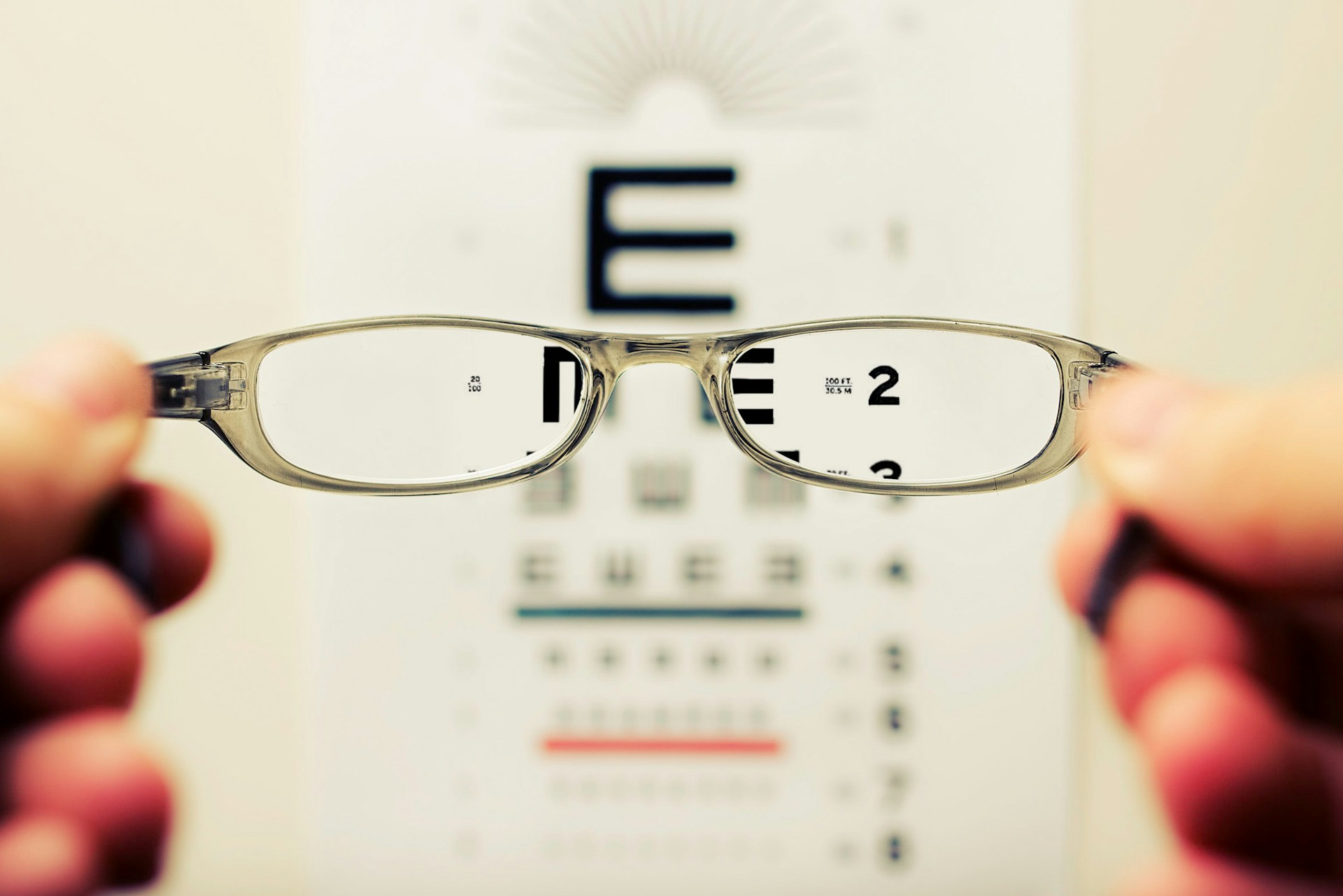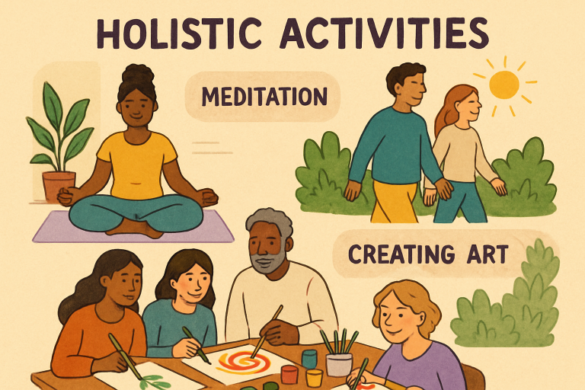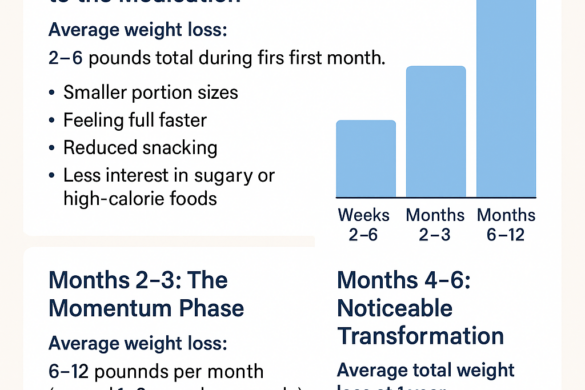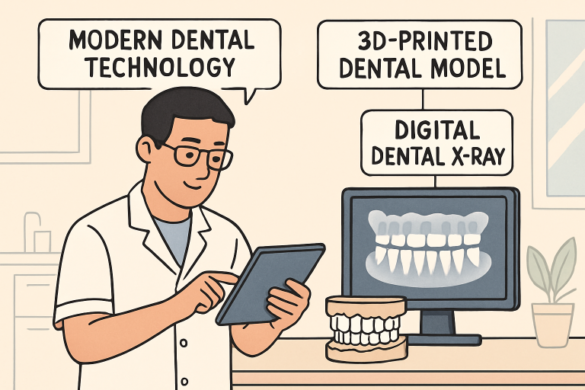 When Colors Start Fading (And You Didn’t Even Notice)
When Colors Start Fading (And You Didn’t Even Notice)
Vision changes happen so gradually that most people don’t realize they’re living in a cloudy world until they peek through a friend’s reading glasses or struggle to read a restaurant menu. One day you’re seeing clearly, and seemingly overnight, everything looks like you’re viewing life through a dirty windshield.
Cataracts affect more than 24 million Americans over age 40, yet many people delay treatment for years. The slow progression tricks your brain into accepting dimmer, hazier vision as normal. You might find yourself turning on extra lights, avoiding night driving, or holding books farther away without connecting these changes to cataracts. Eye doctors at Coastal Eye Associate in Houston are here to provide a solution.
The Moment You Realize Everything Looks Like You’re Underwater
Professional photographers notice it first in their work. Colors that once popped now appear muted and dull. Surgeons find themselves straining under operating room lights. Even everyday tasks like reading prescription bottles or threading needles become frustrating challenges.
“At Coastal Eye Associates, we see patients who’ve been struggling with daily activities for months or even years before realizing their vision problems stem from cataracts,” notes Dr. Gregory T. Clariday, M.D. “The transformation after cataract surgery consistently amazes both patients and their families.”
The cloudy lens that causes cataracts doesn’t just blur your vision—it filters out light and color, making everything appear dim and washed out. Many patients describe their pre-surgery vision as looking through wax paper or trying to see underwater.
What Actually Happens During Your 15-Minute Vision Transformation
Modern cataract surgery bears little resemblance to the procedures your parents or grandparents might have experienced. Today’s approach uses advanced technology to remove the cloudy natural lens and replace it with a clear artificial lens, all through a tiny incision smaller than the tip of a ballpoint pen.
The procedure itself takes about 15 minutes per eye. You’ll receive numbing eye drops and mild sedation to keep you comfortable. Most patients report feeling little to no discomfort during the surgery. The surgeon uses ultrasound technology to gently break up the cloudy lens and remove it through the small incision, then inserts the new artificial lens.
Modern Technology Makes This Easier Than Getting New Glasses
Advanced surgical techniques eliminate many of the restrictions that once made cataract surgery daunting. The small incision typically heals without stitches. Most patients return to normal activities within a few days, with many noticing improved vision almost immediately.
Laser-assisted cataract surgery offers even greater precision, allowing surgeons to customize the procedure for each patient’s unique eye anatomy. This technology can correct astigmatism during the same procedure, potentially reducing dependence on glasses after surgery.
Life After Surgery: Patients Can’t Stop Talking About These Changes
The most common reaction from cataract surgery patients is surprise at how much better they can see. Colors become vibrant again. Fine details emerge that had been lost for years. Many patients describe feeling like they have “new eyes.”
Professional drivers regain confidence behind the wheel, especially at night. Crafters and hobbyists rediscover the joy of detailed work. Avid readers find themselves devouring books again without eye strain or fatigue.
Why Reading Menus Without Squinting Feels Like a Superpower
Beyond the obvious vision improvements, patients often experience unexpected psychological benefits. The frustration of struggling with daily visual tasks disappears. Social confidence returns as people no longer worry about missing visual cues or appearing confused in low-light situations.
Independence becomes possible again for those who had started relying on others for driving, reading, or other vision-dependent activities. The simple act of recognizing faces across a room or reading street signs while driving can feel transformative.
Many patients report improved sleep quality, possibly due to better light sensitivity regulation with their new artificial lenses. Others find their overall mood and energy levels improve when they’re no longer straining to see clearly throughout the day.
Your Next Steps to Seeing Life in Full Color Again
If you’re experiencing any symptoms of cataracts—blurry vision, increased glare sensitivity, difficulty seeing at night, or colors appearing faded—a comprehensive eye examination can determine whether cataracts are affecting your vision quality.
The best candidates for cataract surgery are those whose vision problems interfere with daily activities or quality of life. You don’t need to wait until cataracts are “ripe” or severely advanced. Modern surgery techniques are safe and effective even for earlier-stage cataracts.
During your consultation, your eye surgeon will evaluate your overall eye health, discuss your lifestyle and vision goals, and explain the different types of artificial lenses available. Some patients choose basic lenses covered by insurance, while others opt for premium lenses that can correct astigmatism or reduce dependence on reading glasses.
Recovery planning is straightforward but important. Most people can return to work within a few days, though you’ll need someone to drive you home after surgery. Eye drops will be prescribed to prevent infection and reduce inflammation during healing.
The decision to have cataract surgery often comes down to quality of life. When vision problems start limiting your activities or affecting your independence, it’s time to explore your options. The technology exists today to restore clear, vibrant vision and help you see the world in high definition again.









